

SPECIAL REPORT: UPDATE ON THE SITUATION IN PALMYRA

U. S. DEPT. COOPERATION AGREEMENT NUMBER: S-IZ-100-17-CA021
BY Allison Cuneo, Susan Penacho, and LeeAnn Barnes Gordon
With contributions by Michael Danti, Cheikhmous Ali, Kyra Kaercher, Kathryn Franklin, Tate Paulette, David Elitzer, and Erin van Gessel
Initial Release: September 3, 2015
DOWNLOAD: REPORT
* This report is based on research conducted by the “Safeguarding the Heritage of the Near East Initiative,” funded by the US Department of State. Monthly reports reflect reporting from a variety of sources and may contain unverified material. As such, they should be treated as preliminary and subject to change.
Since its capture by ISIL militants in May 2015, the region around the ancient city of Palmyra (modern Tadmor) has been in the midst of a humanitarian crisis, which has escalated dramatically in recent weeks. This report will provide a summary of the current situation in Palmyra and the effects of the conflict on its people and cultural heritage. Atrocities include attacks on civilians and mass abductions. Intentional damage to the cultural materials of the local populations is widespread, including the destruction of Islamic and Christian religious sites, as well as severe damage to the architectural remains within the UNESCO World Heritage Site of Palmyra. Confirmed damage at this archaeological site includes the destruction of the Baalshamin Temple, the Temple of Bel, and at least seven tower tombs within the Valley of the Tombs. For more detailed information on the heritage and history of the ancient city, please review the ASOR Cultural Heritage Initiative’s Special Report on the Significance of Palmyra.
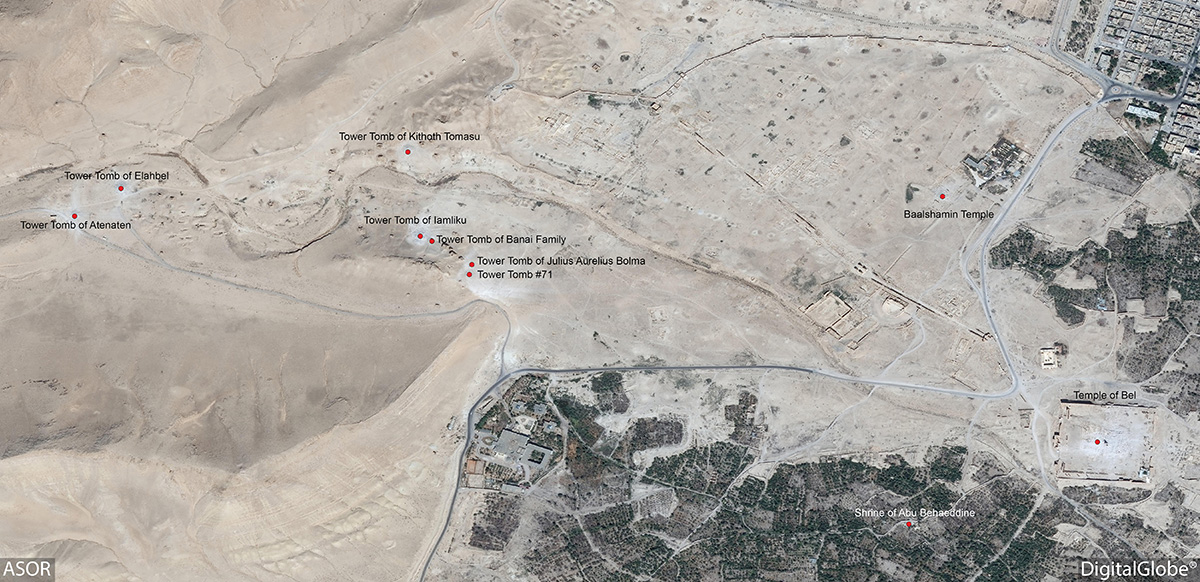
Figure 1: DigitalGlobe satellite imagery depicting multiple destroyed Islamic tombs and ancient architectural features in the Tadmor and Palmyra areas (Digital Globe; September 2, 2015)
Attacks on Civilian Populations
ISIL began its invasion of Palmyra on May 12, 2015, quickly gaining control of the area in a few days and taking over entirely by May 21. This region is seen as strategically important for multiple reasons, namely for its access to the highway connecting the city of Deir ez-Zor to the cities of Homs and Damascus, as well as its proximity to numerous oil fields and an important military base.[1] The notorious Tadmor Prison, reopened in 2011 to detain and interrogate anti-government protesters,[2]was also located in this area.[3]
Throughout the conflict, both ISIL militants and regime forces suffered heavy casualties. More disturbing, however, has been the targeting of civilian populations by ISIL militants. Dozens of regime supporters and civilians have been kidnapped and executed in the Palmyra region,[4] and housing complexes without military advantage have been attacked by both ISIL and regime forces.[5] Civilians are especially vulnerable given Tadmor’s high resident population and its internally displaced population, which has markedly increased in recent years as Syrians have fled to its relative safety to escape violence elsewhere.[6]
Within days after seizing the area, reports emerged that ISIL militants had executed regime forces and allied militiamen in the Roman theater located within the boundaries of the UNESCO World Heritage Site. On July 4, 2015 ISIL-affiliated social media accounts released a video showing 25 men in military uniforms being executed in the Roman theater of the archaeological site of Palmyra. The public execution was conducted by young boys dressed in military fatigues standing in front of an ISIL flag before a crowd of civilian men and children. This execution occurred May 27, 2015, and the video was released weeks later.[7]
The use of a well known heritage site as the backdrop for this horrific act has numerous ramifications regarding ISIL’s use of heritage in propaganda and the future perceptions of this heritage site and its intangible associations. The use of a cultural heritage site as a stage for the execution of military prisoners in front of civilians is a violation of numerous international humanitarian laws and the laws of war. Out of respect for the victims and their families, ASOR CHI will not republish images of the execution in this report. On August 18, 2015 Khaled al-Asa’ad (82), former Director of Palmyra Antiquities, was publically executed in Tadmor by ISIL militants.[8] Al-Asa’ad was famous for his life-long study of Palmyra (Tadmor) and service to the Syrian Directorate-General of Antiquities and Museums (DGAM).
Trafficking of Antiquities
The trafficking and sale of illicit cultural property, especially antiquities, have affected all of Syria and are a byproduct of the civil unrest stemming from the ongoing armed conflict. Museum staff in Palmyra have worked tirelessly to protect artifacts housed at the site,[9] but many of the architectural features around the ancient site have been looted, and stolen Palmyrene objects have appeared in other parts of the country and abroad.[10] On July 2, 2015 ISIL militants in the northern town of Manbij, located in Aleppo governorate, intercepted an individual or multiple individuals transporting Palmyrene funerary sculptures. These fragments were most likely removed from tombs at the archaeological site and/or possibly taken from the collections of the Tadmor Museum.
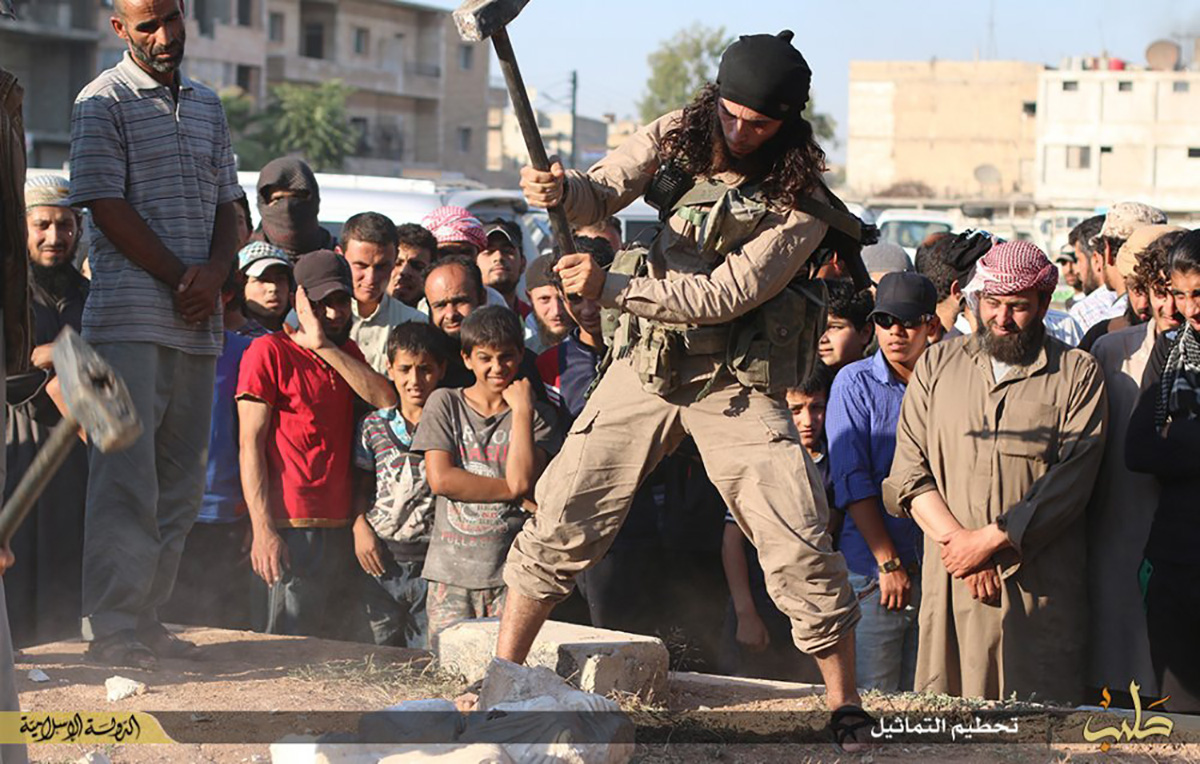
Figure 2: Destruction of Palmyrene statuary in Manbij, Aleppo governorate (ISIL social media; July 3, 2015)
ISIL social media accounts released photographs depicting militants destroying funerary busts from the archaeological site of Palmyra (Figure 2). Militants are shown displaying the statues to a crowd gathered in the central town square and then breaking the statues with sledgehammers. ISIL later released a video of these acts on social media sites.[11] Some sources allege that the statues were being smuggled by an antiquities trafficker, who was caught by ISIL militants.[12] Other sources suggest that it was an activist smuggling the busts to safety.[13] Both accounts state that the person caught possessing the statues received a public lashing as punishment.[14] Allegedly an “archaeological administration” was established by ISIL in the town of Manbij, located near the Turkish border, to manage the trafficking and sale of artifacts.[15]
Combat Damage
Militarization and incidental combat damage have significantly affected the ancient site of Palmyra throughout the conflict. The site of Palmyra and, specifically, defensive positions such as the Bel Temple, were fortified by SARG in efforts to defend this area and its transport hub.[16] Ground conflict and air strikes have encroached onto the site, causing impact damage to many of the ancient monuments, including the Baalshamin Temple and the Temple of Bel, as well as the Palmyra Museum, which also suffered numerous episodes of combat damage.[17] For a thorough documentation of the collateral damage to the cultural heritage in and around Palmyra, please see Palmyra: Heritage Adrift A Special Report from the Association for the Protection of Syrian Archaeology (APSA) by ASOR CHI Co-Investigator Cheikhmous Ali.[18]
Intentional Destructions
Throughout the conflict, attacks on civilian populations are often conducted in conjunction with, or followed by, the intentional destruction of tangible cultural heritage of significance to the vulnerable population. The situation in Palmyra is no different — ISIL has repeatedly targeted Islamic and Christian places of worship, as well as ancient sites.
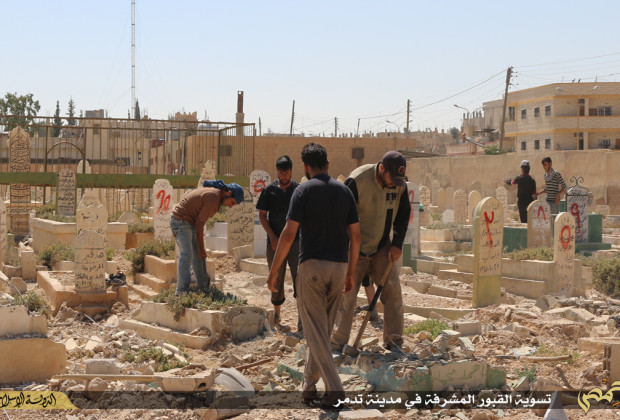
Figure 3: Graves in historic Palmyra being destroyed (ISIL social media; June 15, 2015)
On June 15, 2015 Twitter accounts associated with ISIL published images showing the destruction of a relatively modern Islamic cemetery.[19] The images currently circulating include photos of men breaking gravestones in the historical city of Palmyra (Figure 3).
On June 22, 2015 ISIL published photos depicting the destruction of Islamic shrines near the settlement of Tadmor.[20] The Shiite Shrine of Sheikh Mohammad ibn ‘Ali was demolished between March 1, 2015 and May 22, 2015 based on observations of DigitalGlobe satellite imagery (Figures 4 and 6). ISIL destroyed the Sufi Tomb of Shagaf/Nizar Abu Behaeddine between June 15, 2015 and June 26, 2015 based on DigitalGlobe satellite imagery (Figures 5 and 7).[21]
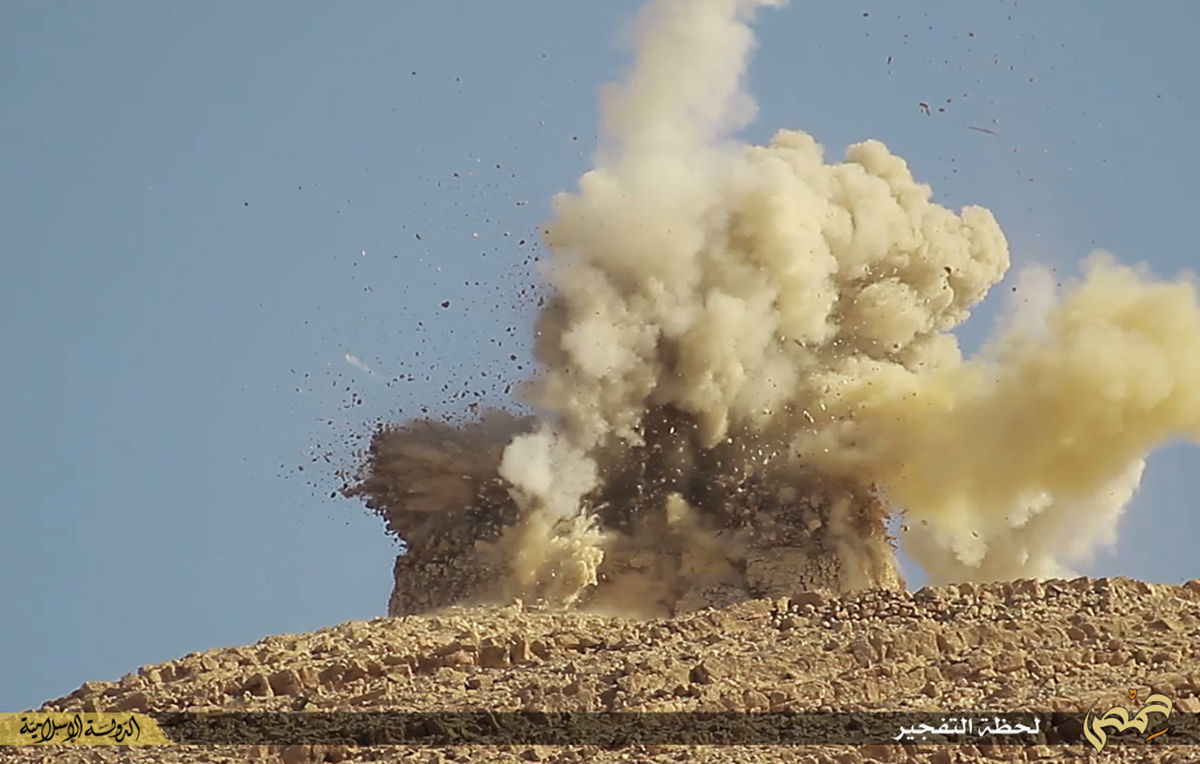
Figure 4: Shrine of Sheikh Mohammad b. ‘Ali (ISIL social media; June 22, 2015)
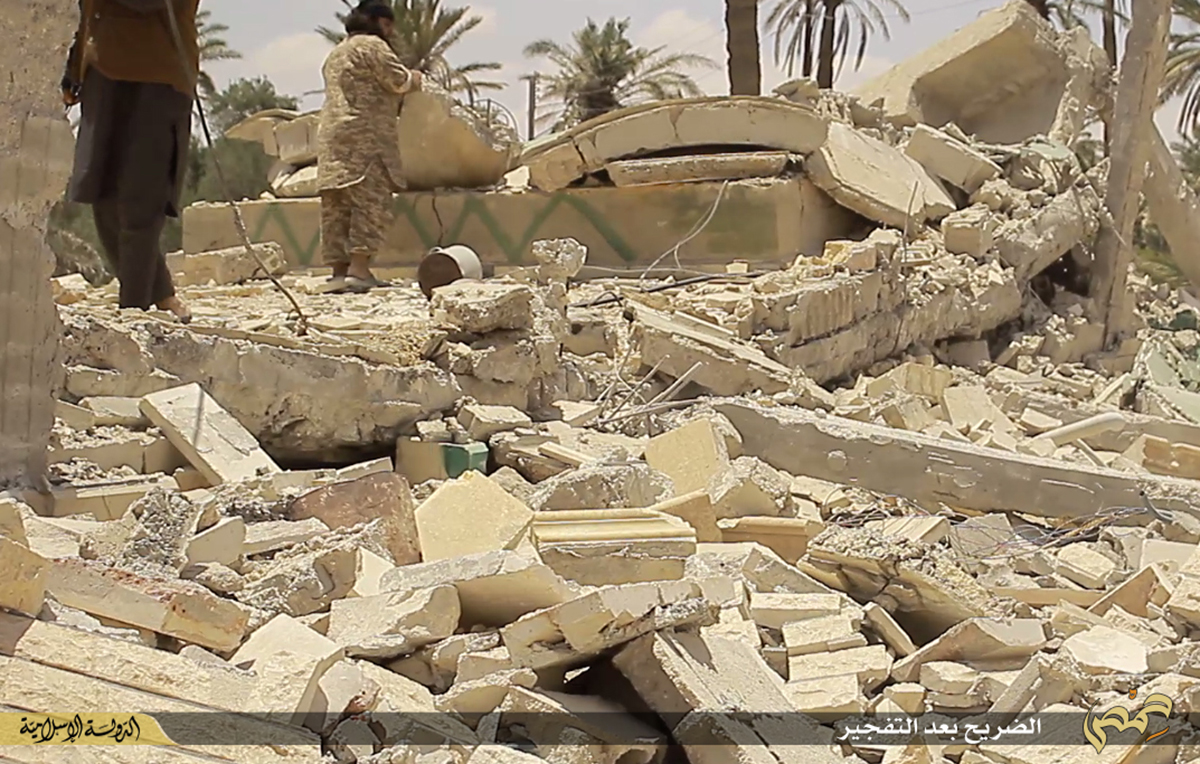
Figure 5: Sufi shrine and tomb of Shagaf/Nizar Abu Behaeddine (ISIL social media; June 22, 2015)

Figure 6: Satellite imagery showing Shrine of Sheikh Mohammad b. ‘Ali. Left: No visible damage (DigitalGlobe; March 1, 2015), Center: Visible damage (DigitalGlobe; May 28, 2015), Right: Visible damage (DigitalGlobe; June 26, 2015)
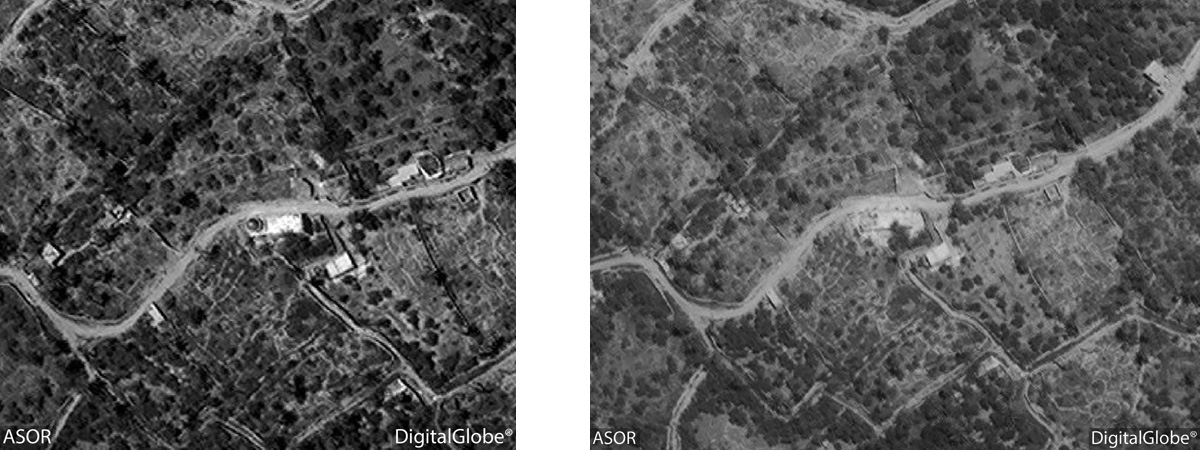
Figure 7: Satellite imagery showing Shagaf/Nizar Abu Behaeddine. Left: No visible damage (DigitalGlobe; June 16, 2015), Right: Visible damage (DigitalGlobe; June 26, 2015)
Additionally, seven tower tombs located just outside the ancient city of Palmyra have been severely damaged or destroyed since the end of June (Figures 8–11). DigitalGlobe satellite imagery acquired by ASOR CHI shows this damage took place in two phases. Between June 26, 2015 and August 27, 2015 the Tomb of Iamliku was destroyed and the Tomb of the Banai family directly to its east was badly damaged. In addition the Tomb of Atenaten in the northwestern part of the site was destroyed. Within a second phase of destruction, between August 27, 2015 and September 2, 2015, more tower tombs were destroyed. This included the Tomb of Elahbel, the Tomb of Kithoth in the northern part of the necropolis, and Tomb of Julius Aurelius Bolma and Tomb #71 near the Tomb of Iamliku. Collectively, the damage to these tombs is not confined to a single area within the Valley of the Tombs, but instead it is distributed throughout various locations, leaving some towers destroyed and others still standing. The reasoning for this differentiation is unknown. Further investigation will be published in the upcoming Weekly Report 57–58.

Figure 8: Satellite imagery of tower tombs in Tadmor. Left: No visible damage (DigitalGlobe; June 26, 2015), Center: Visible damage to the Tomb of Iamliku and the Tomb of the Banai family (DigitalGlobe; August 27, 2015), Right: Visible damage to the Tomb of Julius Aurelius Bolma and Tomb #71 (DigitalGlobe; September 2, 2015)

Figure 9: Satellite imagery of the Tower Tomb of Kithoth Tomasu. Left: No visible damage (DigitalGlobe; June 26, 2015), Right: Visible damage (DigitalGlobe; September 2, 2015)
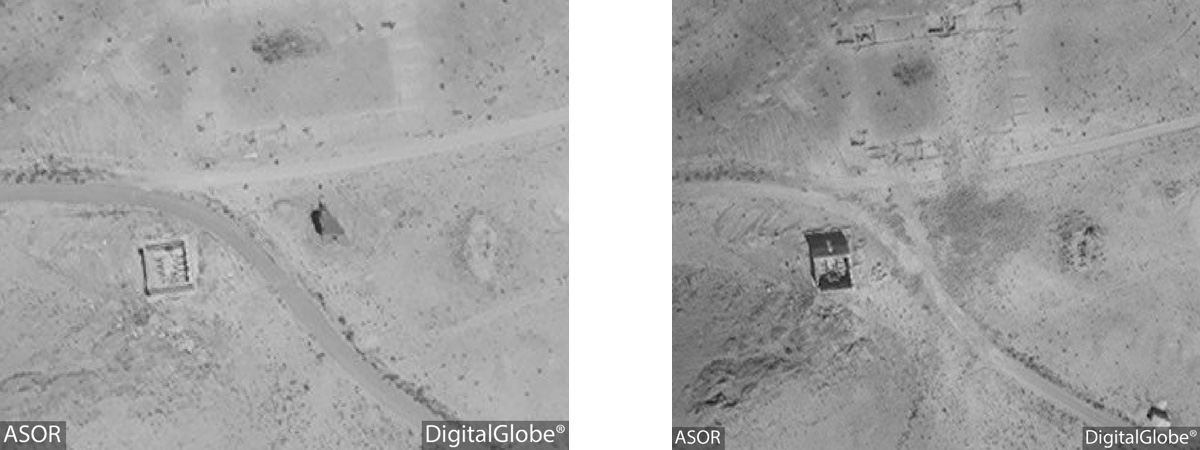
Figure 10: Satellite imagery of the Tower Tomb of Atenatan. Left: No visible damage (DigitalGlobe; June 26, 2015), Right: Visible damage (DigitalGlobe; August 27, 2015)

Figure 11: Satellite imagery of the Tower Tomb of Elahbel. Left: No visible damage (DigitalGlobe; June 26, 2015), Center: No visible damage (DigitalGlobe; August 27, 2015), Right: Visible damage (DigitalGlobe; September 2, 2015)
In late July 2015, ISIL militants took control of al-Qaryatain, a neighboring village of Palmyra, from the Syrian government. On August 7, 2015, militants abducted hundreds of local Christians from the village and demolished its ancient monastery of Mar Elian (Figure 13), which was constructed during the Byzantine period and continued to be used as a Christian place of worship in the area.[22]DigitalGlobe satellite imagery of this site corresponding to the time of destruction was not available at the time of this report.
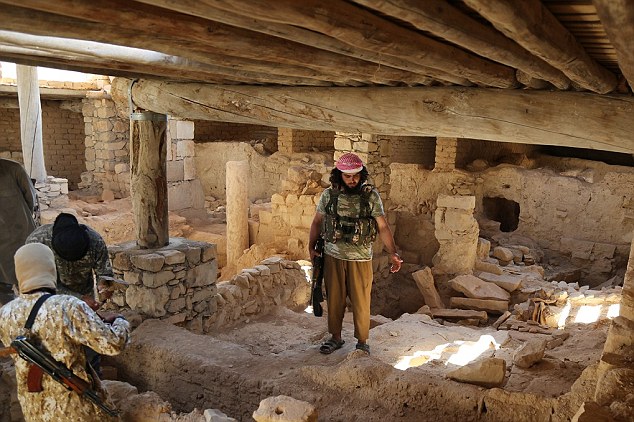
Figure 12: Mar Elian being prepared for destruction (ISIL social media; August 21, 2015)
Until recently the conflict had only inflicted minor damage to Palmyra’s Greco-Roman monuments, but within a span of seven days both the Baalshamin Temple and the Temple of Bel were intentionally destroyed by ISIL.
Since May, ISIL militants have repeatedly posted photographs of the Baalshamin Temple and the Temple of Bel.[23] At the end of June 2015, reports emerged that ISIL militants placed explosive devices within the ancient site of Palmyra, although it was unclear at the time if the mines were laid in order to destroy the ruins or as a deterrent to regime encroachment into the ancient site.[24] As of June 23, 2015 ASOR CHI sources in Palmyra confirmed that local people had seen members of ISIL place “large mines/bombs in the ruins of many buildings in Palmyra” and told residents of their intent to destroy the ruins.
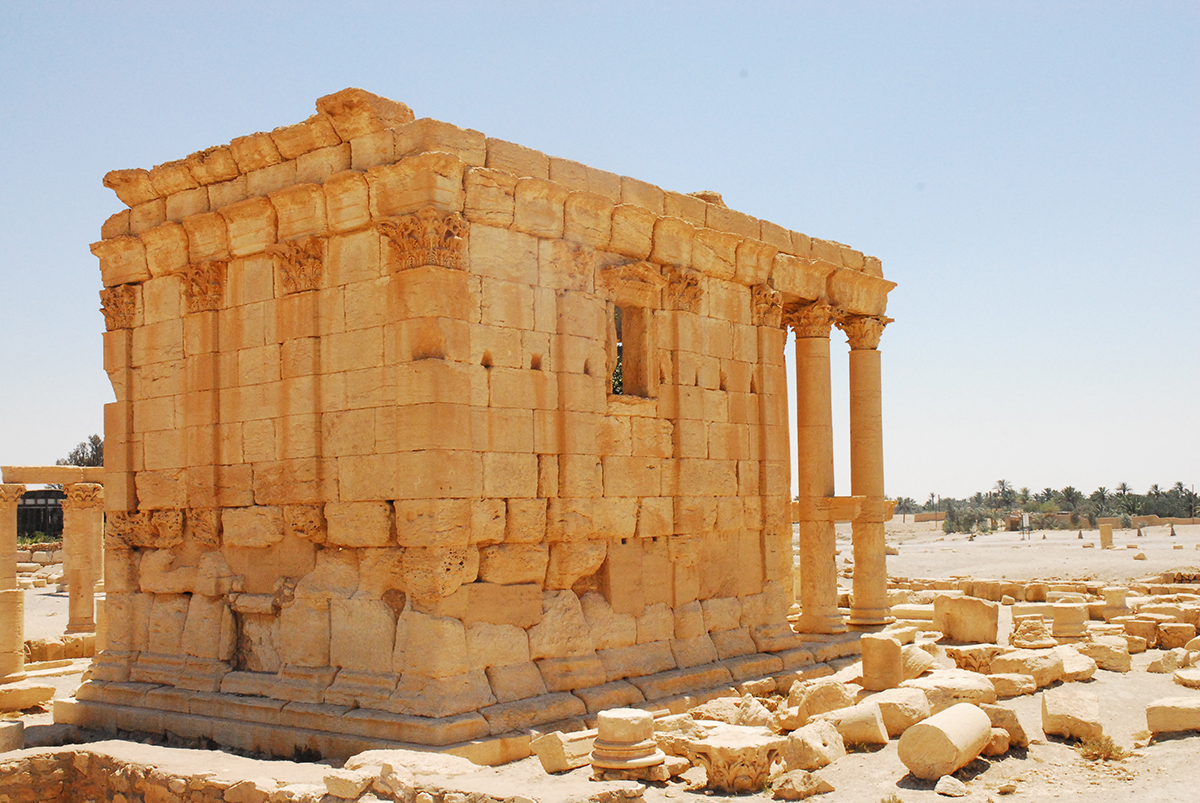
Figure 13: Baalshamin Temple (Michael Danti; 2010)
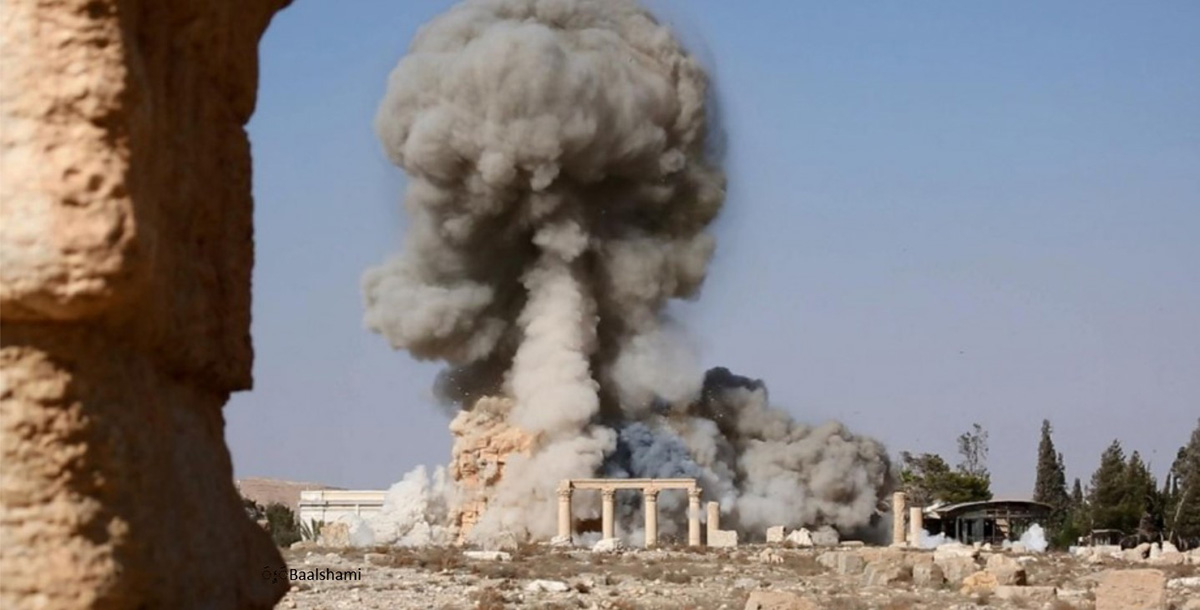
Figure 14: Destruction of the Baalshamin Temple (ISIL social media; August 24, 2015)
On August 23, 2015 reports surfaced concerning the destruction of the Baalshamin Temple.[25]Baalshamin was the Lord of the Heavens in the pre-Islamic Semitic pantheon. According to Ross Burns, the earliest architectural remains date to 17 CE, though the majority of the structure dates to the early 2nd century CE. The Egyptian motifs that characterize the style of the small temple make it unique in Roman Syria.[26] Following the destruction, photographs released by ISIL depicted the inner and outer walls of the temple lined with bottles and barrels of explosives, which were subsequently detonated.[27] DigitalGlobe satellite imagery taken on August 27, 2015 acquired by ASOR CHI has confirmed this destruction (Figure 15).
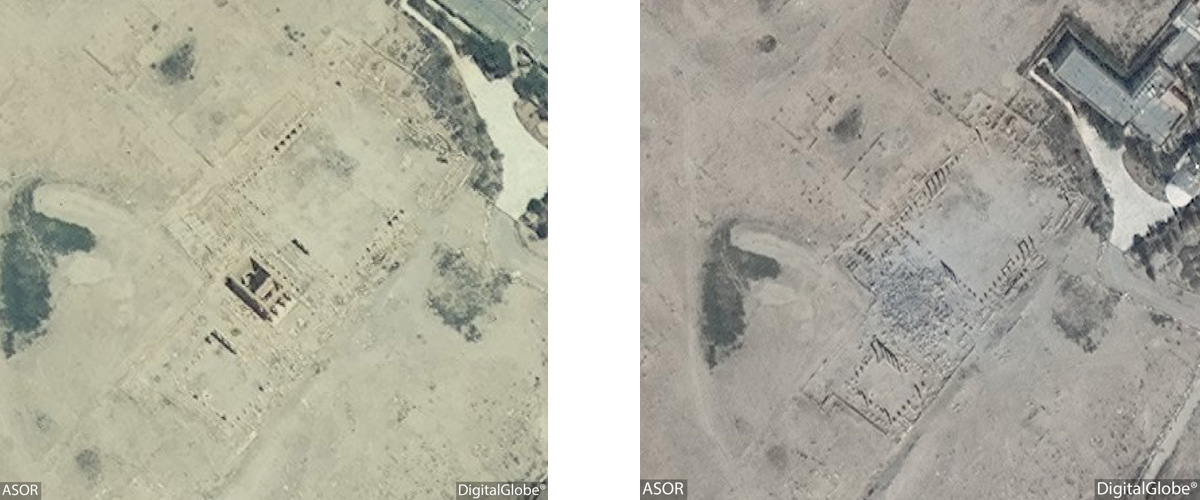
Figure 15: Satellite imagery of the Baalshamin Temple. Left: No visible damage (DigitalGlobe; June 26, 2015), Right: Visible damage (DigitalGlobe: August 27, 2015)
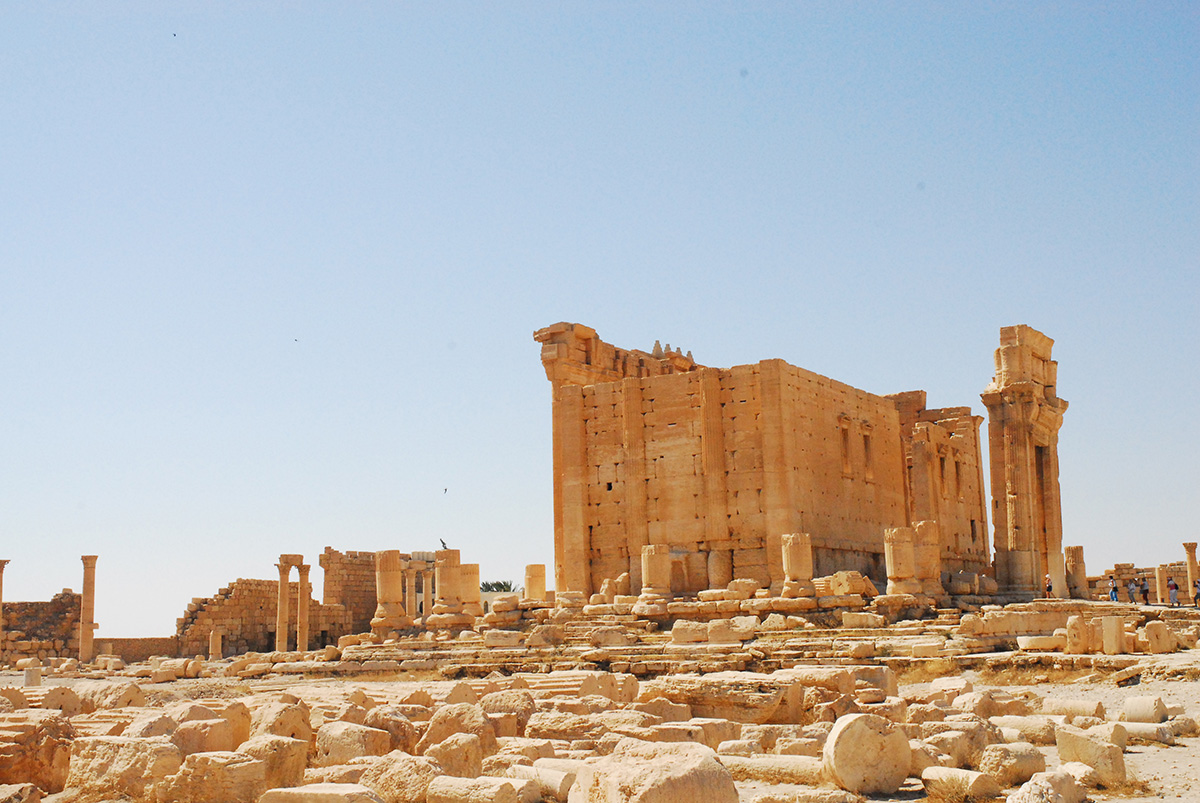
Figure 16: Temple of Bel (Michael Danti; 2010)
On August 30, 2015 it was reported that ISIL destroyed parts of the Temple of Bel with allegedly 30 tons of explosives.[28] DigitalGlobe satellite imagery confirms severe damage to the temple with only the front gateway of the inner cella left standing (Figure 17). Additionally, the temple colonnades, main entrance, and surrounding wall appear to be intact.
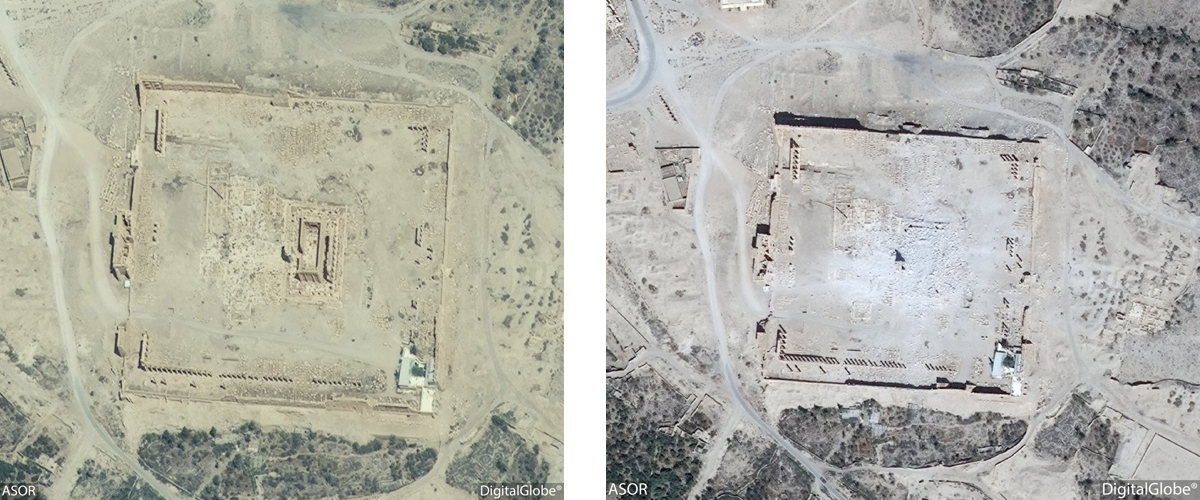
Figure 17: Satellite imagery of the Temple of Bel. Left: No visible damage (DigitalGlobe; taken June 26, 2015), Right: Visible damage (DigitalGlobe; September 2, 2015)
Conclusion
Given its rich and diverse cultural heritage, ASOR CHI is monitoring the condition of the Tadmor region and condemns in the strongest terms the murder of academics such as Khalid al-Asaad and other innocent civilians.
For further details about the site of Palmyra and the loss of cultural heritage at the site during the conflict, see the following ASOR Cultural Heritage Initiatives Weekly Reports and Special Reports:
Weekly Report 41 (pp. 8, 29–37)
Weekly Report 42–43 (pp. 18–37)
Weekly Report 44 (pp. 1–5)
Weekly Report 45 (pp. 23–25)
Weekly Report 46 (pp. 1–2, 63–75
Weekly Report 47–48 (pp. 14–25)
Weekly Report 50 (pp. 6–30)
Special Report on the Importance of Palmyra
Palmyra: Heritage Adrift A Special Report from APSA
Footnotes
[1] http://www.bbc.com/news/world-middle-east-32772894 ; http://news.yahoo.com/rockets-kill-five-syrias-palmyra-104729402.html
[2] http://www.intelligencequarterly.com/2011/07/syria-mukhabarat-and-the-desert-prison/
[3] http://www.reuters.com/article/2015/05/30/us-mideast-crisis-syria-prison-idUSKBN0OF0SD20150530
[4] http://www.cbsnews.com/news/syria-isis-ousted-palmyra-unesco-world-heritage/ ; http://www.reuters.com/article/2015/05/25/us-mideast-crisis-iraq-idUSKBN0O908J20150525 ; http://www.reuters.com/article/2015/05/16/mideast-crisis-syria-idUSL5N0Y705U20150516 ; http://www.nytimes.com/aponline/2015/05/22/world/middleeast/ap-ml-islamic-state.html ; http://www.lemonde.fr/international/article/2015/08/07/dans-al-qaryatayn-fraichement-conquise-l-ei-cible-les chretiens-et-les-sunnites_4715758_3210.html
[5] http://news.yahoo.com/rockets-kill-five-syrias-palmyra-104729402.html ; http://www.bbc.com/news/world-middle-east-33216305 ; http://www.syriadeeply.org/articles/2015/07/7741/bombs-beheadings-palmyra-isis-takeover/
[6] http://www.bbc.com/news/world-middle-east-32820857; http://www.usnews.com/news/world/articles/2015/08/06/islamic-state-group-seizes-central-syrian-town
[7] http://www.syriahr.com/en/2015/05/for-the-first-time-the-the-roman-archaeological-theater-witnesses-executions-carried-out-by-is-against-20-members-of-the-regime-forces-and-allied-militiamen/
[8] http://www.dgam.gov.sy/index.php?d=314&id=1773
[9] http://news.nationalgeographic.com/2015/07/150710-palmyra-syria-isis-looting-museum-archaeology/
[10] http://www.asor-syrianheritage.org/special-report-on-the-importance-of-palmyra/ ; http://www.asor-syrianheritage.org/palmyra-heritage-adrift/
[11] http://www.nytimes.com/2015/07/04/world/middleeast/isis-destroys-artifacts-palmyra-syria-iraq.html ; http://www.latimes.com/entertainment/arts/miranda/la-et-cam-islamic-militants-smash-palmyra-statues-20150703-column.html http://www.cnn.com/2015/07/02/world/isis-syrian-artifacts/
[12] http://apsa2011.com/apsanew/palmyra-arrest-of-a-dealer-of-archaeological-objects-from-palmyra-and-acts-of-vandalism-by-isis-in-minbej/ ; http://www.shrc.org/en/?p=25317
[13] http://www.dailymail.co.uk/news/article-3147298/ISIS-sledgehammer-civilization-Islamist-group-capture-activists-trying-smuggle-ancient-statues-safety-force-destroy-lashing-baying-crowd.html#ixzz3elSvVCUC
[14] http://www.cnn.com/2015/07/02/world/isis-syrian-artifacts/ ; http://www.nytimes.com/2015/07/04/world/middleeast/isis-destroys-artifacts-palmyra-syria-iraq.html
[15] http://www.bloomberg.com/news/articles/2015-06-28/isis-has-new-cash-cow-art-loot-it-s-peddling-on-ebay-facebook
[16] https://www.youtube.com/watch?v=I-_N1LssEEA
[17] http://www.asor-syrianheritage.org/special-report-on-the-importance-of-palmyra/ ; http://www.asor-syrianheritage.org/palmyra-heritage-adrift/
[18] http://www.asor-syrianheritage.org/palmyra-heritage-adrift/
[19] http://www.ibtimes.co.in/palmyra-isis-fighters-destroy-tombs-Tadmor-photos-635923
[20] http://www.bbc.com/news/world-middle-east-33234648 ; http://www.nytimes.com/2015/06/25/world/middleeast/islamic-state-isis-destroys-palmyra-tombs.html ; http://www.dgam.gov.sy/index.php?d=314&id=1727
[21] http://www.asor-syrianheritage.org/syrian-heritage-initiative-weekly-report-46-june-23-2015/
[22] http://www.dgam.gov.sy/?d=314&id=1777 ; http://apsa2011.com/apsanew/homs-countryside-isis-destroy-5th-century-mar-ellian-monastery/ ; http://www.bbc.com/news/world-middle-east-34016809 ; https://uk.news.yahoo.com/isis-syria-1-500-old-073858453.html#c1MEX5B
[23] https://www.youtube.com/watch?v=OHCAcFD0pOY ; http://apsa2011.com/apsanew/palmyra-pictures-of-the-citadel-posted-by-isis-on-15-07-2015/
[24] http://www.syriahr.com/en/2015/06/islamic-state-mines-the-ancient-city-of-palmyra/ ; http://uk.reuters.com/article/2015/06/21/uk-syria-crisis-palmyra-idUKKBN0P10FU20150621 ; http://www.dgam.gov.sy/?d=314&id=1725 ; http://www.aljazeera.com/news/2015/06/isil-plants-mines-ancient-syrian-city-palmyra-150622025527317.html
[25] http://dgam.gov.sy/?d=314&id=1783
[26] Burns, Ross (2010) The Monuments of Syria: A Guide. I.B. Tauris: London.
[27] http://www.chicagotribune.com/news/nationworld/ct-islamic-state-syria-ancient-ruins-palmyra-20150824-story.html
[28] http://www.bbc.com/news/world-middle-east-34107395 ; http://dgam.gov.sy/index.php?d=314&id=1792 ; http://www.aljazeera.com/news/2015/08/isil-blows-part-bel-temple-syria-palmyra-150830195420900.html